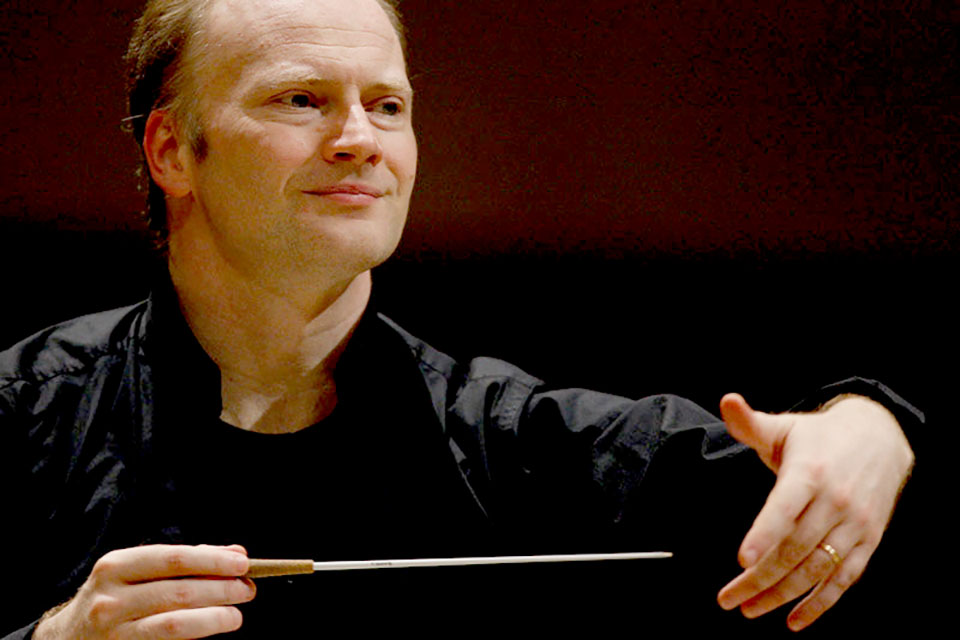
You’d probably be surprised at the number of people who wish they’d learned to play a musical instrument as children. I was one of the lucky ones, because my parents pushed me off to piano lessons at an early age and a few years later I started to learn the cello. I simply cannot recall not being able to play music.
When I later became a music teacher, students would often ask me how long it takes to learn an instrument. A moment’s thought reveals that there’s no easy answer. It’s like asking how long it takes to learn a foreign language. It depends on how well you want to speak it, your personal potential for language-learning, the amount of time and money you’re prepared to invest and your motivation and determination. And of course, some languages are initially easier for a foreigner to learn than others.
There’s a consensus among music educators that to reach a professional level at a musical instrument you need to invest around 10,000 hours of practice time. In other words, if you do two hours practising a day and you have the necessary personal attributes, it will take you roughly thirteen years. Many children have no aspirations to be professional musicians – they are quite happy to reach a standard at which they can play in the local orchestra. Even so, the time and financial investment is substantial.
One reason we teach musical instruments in schools is to enrich the students’ lives. Many studies have revealed that children who play an instrument invariably do better at other school subjects. Recent research has also suggested that playing music together may accelerate a child’s reading age and benefit language development, reasoning and memory. Playing music helps to develop skills of coordination, encourages self-improvement and self-discipline. Of course, it requires constant practising which involves analyzing musical or physical problems and identifying strategies to overcome them.
Research has also shown that children who successfully engage in music-making tend to be more emotionally developed; they acquire a better imagination and intellectual curiosity and thus become more effective creative thinkers. They learn to assess risks more responsibly and invariably acquire a greater degree of self-confidence. There’s a huge sense of achievement in learning to play with a reasonable degree of competency. It’s fun too, especially when you are good enough to join an orchestra.
When I began cello lessons, one of the most powerful incentives was to play in an orchestra; first the school orchestra, then the county orchestra and later, the national youth orchestra. I didn’t really want to be professional player and I probably wouldn’t have been good enough anyway, for the technical skills required by European orchestras are incredibly advanced. But the joy and satisfaction of making music with others during my younger years left wonderful memories. The “playing together” was the best part of my music experiences. You get to meet new and like-minded friends, many of whom share your interests. Perhaps the most rewarding thing is to take part in a memorable orchestral performance of a great symphonic work, such as this one.
The European Union Youth Orchestra has been around for more than forty years and brings together top young musicians from all the EU countries. The present Italian conductor Gianandrea Noseda is currently Music Director of the National Symphony Orchestra in Washington DC, General Music Director of Zurich Opera and Principal Guest Conductor of the London Symphony Orchestra. This is a superb performance of Tchaikovsky’s most well-known and best-loved symphony. Even from the opening, you can somehow sense that this performance is going to be special. It’s wonderful to see the youthful exuberance of these talented musicians who keep regular eye contact with the conductor and sometimes with each other.
The symphony was completed in August 1888 and first performed in Saint Petersburg at the Mariinsky Theatre the same year with the composer conducting. You may prefer to let this melodious music speak for itself, but if you want to know what’s going on internally, there’s a detailed if somewhat prosaic analysis on the Wikipedia website. Perhaps the most important thing is that the whole symphony unified by an 8-note motif which appears in all four movements. We first hear this theme at the start of the symphony, played rather funereally on two clarinets. Sometimes known as the “fate” theme, it gradually transforms as the symphony progresses and at the beginning of the last movement it appears as a joyous confident melody played on the strings. Finally, it appears as a brilliant and heroic march in the final section of the last movement, bringing the symphony to an electrifying and triumphant close. Conductor Gianandrea Noseda winds up the tempo in the closing section giving the entire orchestra, and especially the string section, an exhilarating experience. It’s all thrilling stuff.





